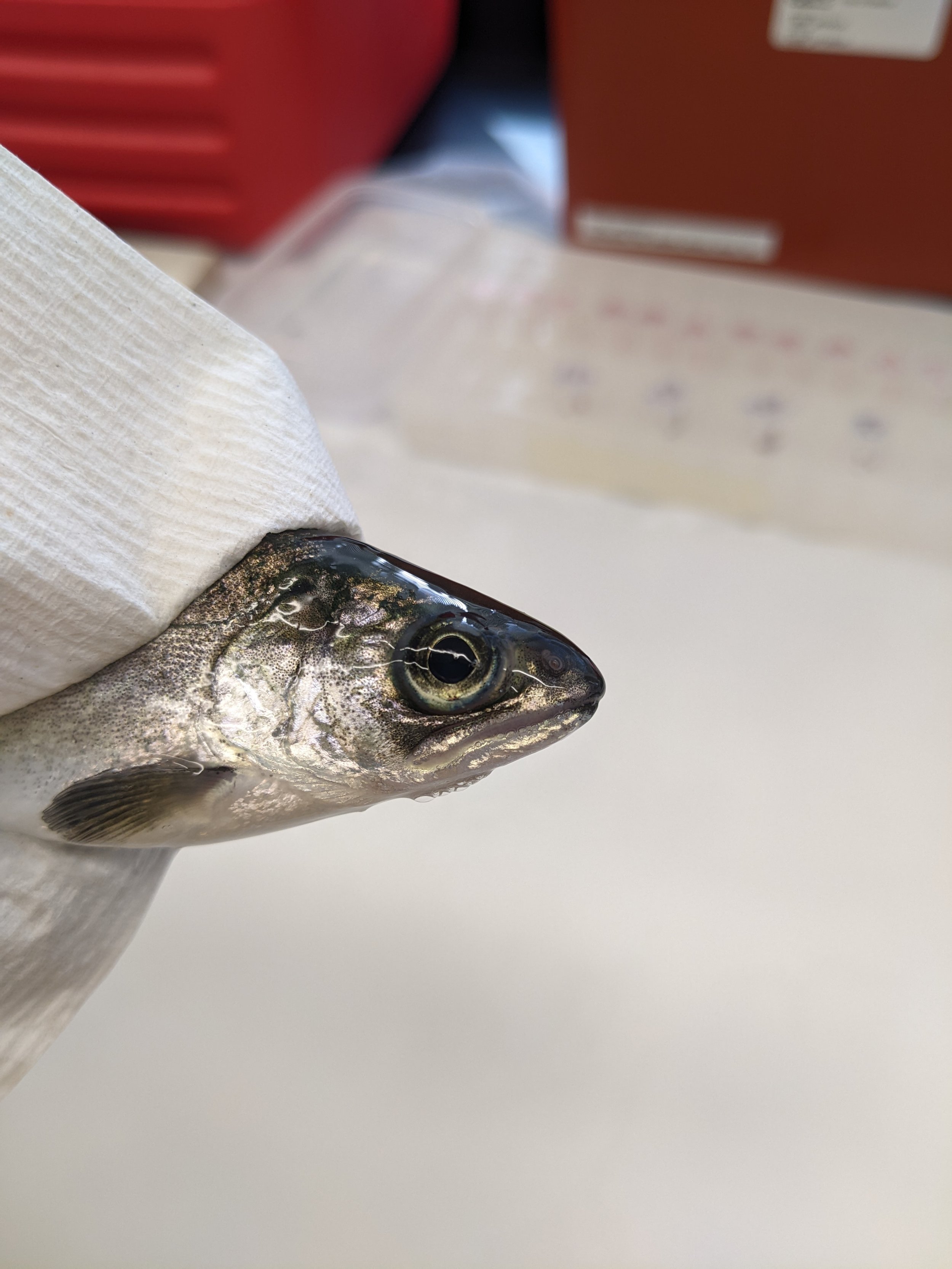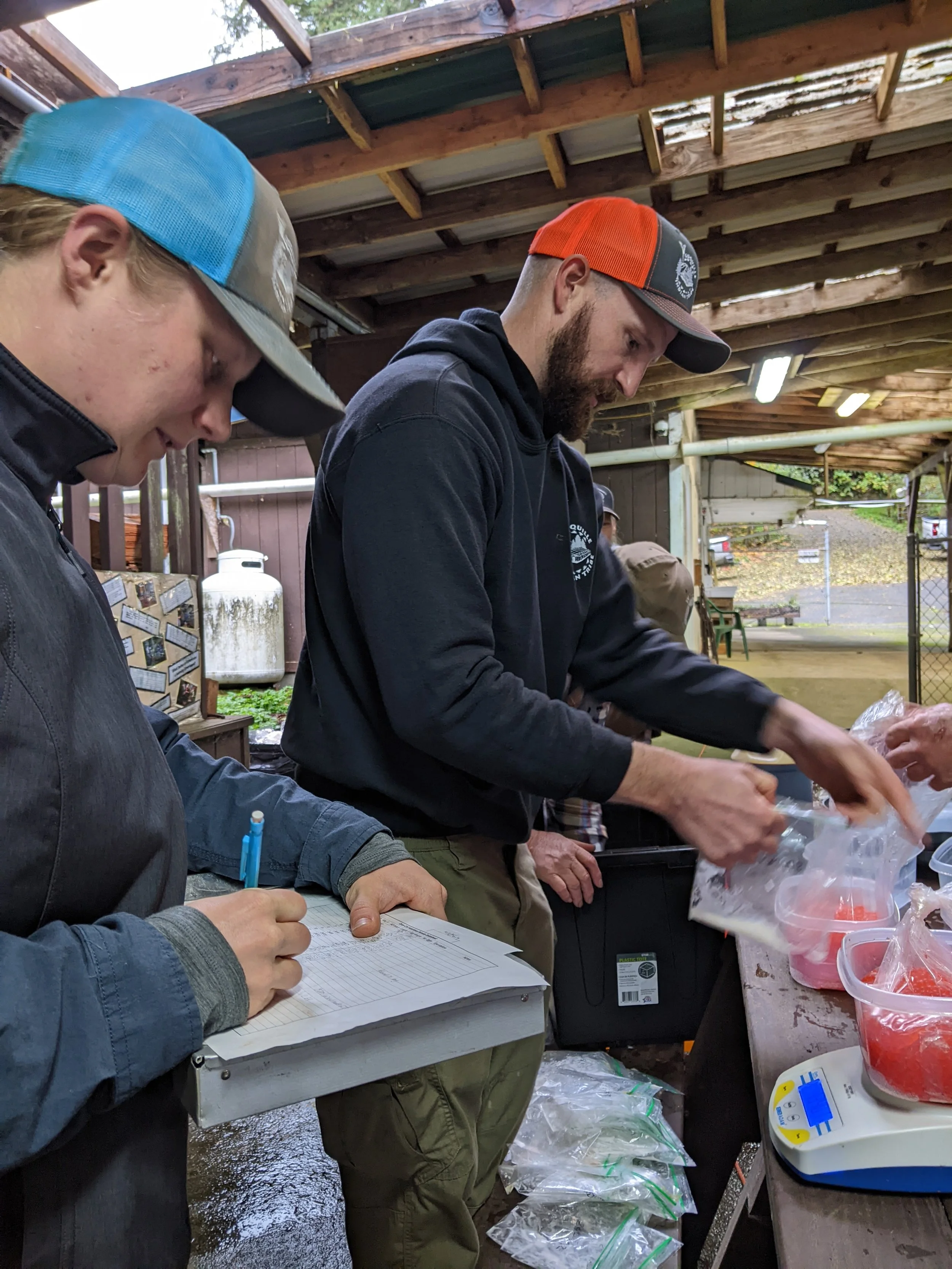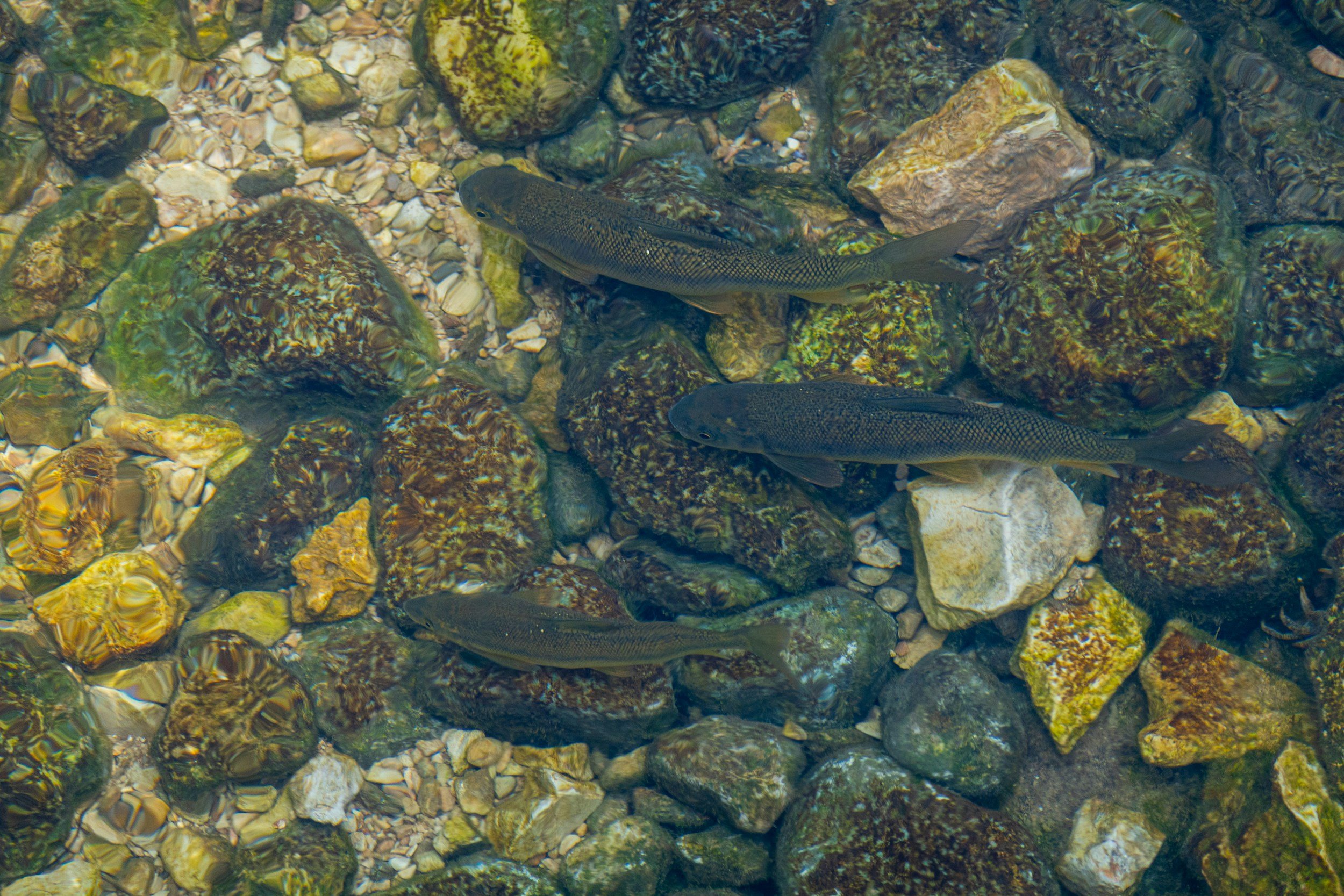
The Oregon Hatchery Research Center
What is the OHRC?
The OHRC is a collaboration between the Oregon Department of Fish and Wildlife (ODFW) and Oregon State University’s Department of Fisheries, Wildlife and Conservation Sciences (OSU FWCS). Since 2005, the OHRC has been the only dedicated research entity devoted to improving hatchery operations in Oregon. We conduct highly relevant fisheries research to improve salmon and steelhead stocks for the enjoyment of Oregonians.
Research funds are currently allocated to 4 large-scale research projects conducted across the Oregon hatchery system.
The OHRC consists of a Board who advises the Director and ODFW on how to allocate Research funds to projects that align with the Mission.
In 2014 the Board developed a plan to focus research to meet the Center’s stated goals. This document is a robust outline of research areas in the last 10 years.
Our Mission
Understand mechanisms that may create differences between hatchery and wild fish.
Determine the process and rate by which wild fish may change in the hatchery environment within and across generations.
Determine the process, rate and pattern by which hatchery-produced fish adapt to the natural environment at each life history stage.
Determine the possible genetic and ecological consequences of hatchery fish and their releases on native fish at each life history stage.
Develop approaches to manage hatchery fish that conserves and protects native fish.
Determine hatchery breeding, rearing and release practices that allow hatchery-propagated fish to both contribute to fisheries and facilitate the conservation and recovery of naturally produced native fish.
Identify possible effects, both locally and on a landscape scale, to natural ecosystems associated with different types and levels of hatchery production and identify approaches to manage these effects.
Identify hatchery practices that may need to be altered in response to changes in the natural environment and other external factors.
Identify breeding, rearing and release protocols that minimize possible adverse impacts on the natural ecosystem.
Evaluate the effectiveness of producing hatchery fish, relative to other strategies, as a means to achieve commercial, recreational, conservation and ecological objectives.
Determine the effects of hatchery operations (for example: flow alteration, effluent water quality, pathogens, migration and spawning distribution, etc.) on native fish, aquatic communities and their habitats.
Work with ODFW to integrate key findings from research at the OHRC into ODFW fish and hatchery management programs.
Conduct research that assists in the implementation and advancement of native fish population recovery as well as viable fisheries.
Educate and train students, fishery biologists, managers and the public on the relationship between hatchery and wild fish, the connection between fish and watershed, estuarine and ocean systems, and the implications for fish management and stewardship.
Train the next generation of biologists and managers, ODFW and OSU staff through undergraduate, graduate, and continuing education programs and classes at the facility.
Provide educational facilities and programs for K-12 students.
Design and manage the facility to provide an environment of passive and active learning for visitors.
Provide opportunities for educators and others to use the OHRC for meetings, workshops and programs that further public understanding of the relationship between fish and watershed health.
Help facilitate and coordinate on the ground efforts of groups and individuals that have a key interest in our fisheries and fish management.
Knowing that our wild and hatchery fish are a vital part of each Oregonians heritage, we will develop critical hatchery science to be used as applied knowledge for creating policy and management goals that strengthen, support and conserve our fish.
Conduct outreach in the communities impacted by wild fish or hatchery release issues.
Share research results through both publications and presentations on the local, state and international level.
Projects Currently Funded by the OHRC
-

Genetically Informed Mate Pairings in Coho Salmon
Can hatchery managers mimic wild mate selection to improve hatchery fish fitness?
-

Olfactory Imprinting
Can hatcheries reduce straying by imprinting young fish with a natural odor and attracting them back as mature adults?
-

Perceptions of Hatcheries
What do different user groups think about hatcheries and hatchery fish?
-

Timing of Release
Does releasing hatchery salmon at the fry stage improve adult survival?
OHRC Collaborative Projects
-

North Umpqua Radio Telemetry
We are working with ODFW on a study to understand the spatial distribution of hatchery and wild fish spawning in the North Umpqua River. Two hundred adult Spring Chinook salmon were tagged with gastric radio tags at the Winchester Dam, and monitored with stationary and mobile receivers throughout their spawning distribution.
-

Coos River Hatchboxes
We are working with Coquille Tribe biologists to design a study on the use of streamside incubators for Fall Chinook salmon fisheries supplementation. In 2024, they will release nearly 1 million unfed fry into the upper Coos River, and using parentage-based tagging, estimate survival to adulthood and make comparisons between release groups.
FAQs
-
Personnel are based out of the Oregon State University campus in Corvallis, OR, while fish rearing and lab work happen at the Aquatic Animal Health Lab (AAHL) off campus in Corvallis. Ongoing research projects are located throughout the state depending on where the PIs are located.
-
Due to water quality and safety concerns associated with an active landslide upstream of the hatchery, we no longer conduct research at the Fall Creek facility. It is currently closed to the public and all OHRC fish rearing is done at the AAHL.
-
In 2015, Oregon legislators passed HB 3012 that established a surcharge on angling licenses to be allocated to the OHRC Fund. Since then, the OHRC uses a $2 million per biennium budget to administer to large-scale research projects of interest to the Board, as well as maintain a hatchery research facility that hosts researchers and conducts outreach events. Dedicated OHRC funds sunset on December 31, 2026.
-
Periodically the OHRC releases a Request for Proposals (RFP) for research based on the priorities of the Board. If you are interested in receiving news about the next RFP, please contact the Director.
-
The OHRC staff are happy to consult on fisheries research related to our Mission. Please contact the Director if you are seeking study design consultation or lab space and we will share what we know or connect you with someone who does.

We have published over 100 peer reviewed papers, technical reports, and theses.
The Board meeting quarterly to discuss research progress, financial updates, and craft areas of interest for future research. We also publish an annual report that summarizes OHRC operations in each calendar year for the Oregon Legislature, ODFW Commissioners, the ODFW Director, and the public.